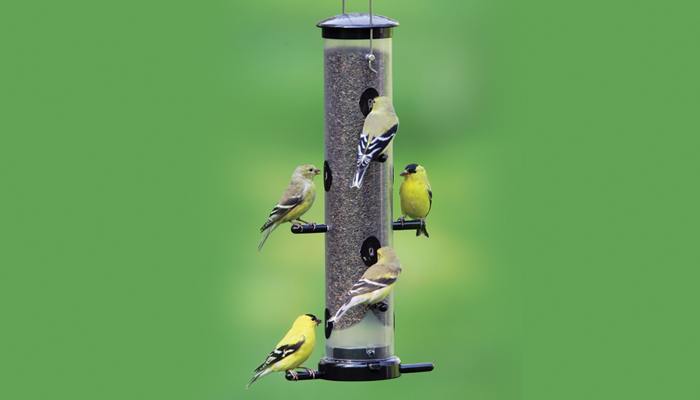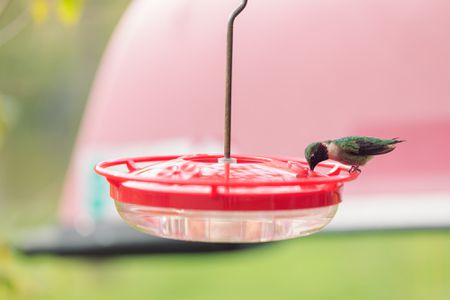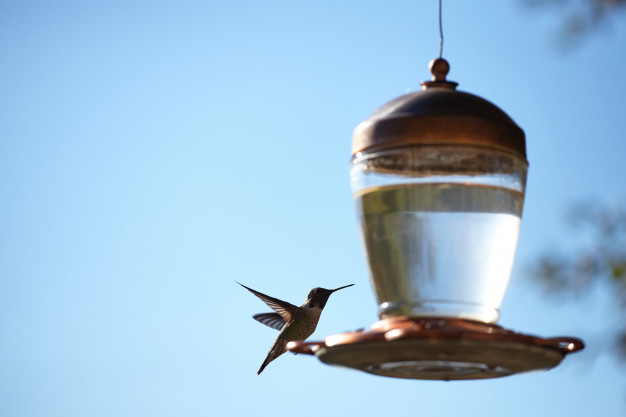As wonderful as it is to attract a hummingbird to your house with a hummingbird feeder, a wonderful garden design that accomplishes the same (and meets your hummer’s other needs) is even more exhilerating. Our hummingbird feeding guide would be incomplete without reviewing this topic. One thing to consider, though, it’s a bit more difficult to spot these little guys when they have an entire garden at their disposal to dart around.
To optimize your chances of attracting and spotting a hummingbird, you’ll need to do a bit of planning. You want to meet as many of the bird’s needs as you can. First there’s the nectar. As explained in Basics of Attracting and Feeding Hummingbirds, you’ll want to ensure you offer flowers that meet the bird’s 25% sugar content preference. In addition, you’ll want a mixture of perenials, annuals, bulbs, shrubs and vines which provide flowering sources of nectar throughout the season. We’ll provide a comprehensive list of hummingbird friendly flowers and plants in a future post.
In addition to nectar, a hummingbird will want a clean source of unsweetened water both for consumption and bathing. My own yard has a small pond and waterfall. I’ve included shallow still(ish)water areas that move just enough water to prevent stagnation but are calm enough to entice bathing birds without risking them being washed away. My small yard is a year-around bird bath and drinking station.
While you’ll need plenty sun to grow the various flowers on which your hummingbirds will feed, you’ll also want shady locations where they can perch and rest. Hummingbirds spend far less time flying around and feeding than they do perched and conserving energy. Be sure to provide opportunities for both.
Remember that hummingbirds consume nectar for energy. Their real source of food comes from insects and spiders. If you can find a way to attract flies or other bugs to a corner of your yard, you’ll meet your hummingbird’s real feeding needs. Sweet fruit such as bannanas will often serve the purpose well.
Finally, don’t discount a few well-placed artificial hummingbird feeders scattered around your garden. These will serve as convenient stand-ins when flowering plants are scarce at the end of the season. They will also provide alternative locations should hummingbirds become competitive. Larger species will bully smaller birds for the best sources of nectar. Having several hummingbird feeding stations in your garden ensures ample supplies for all comers.





